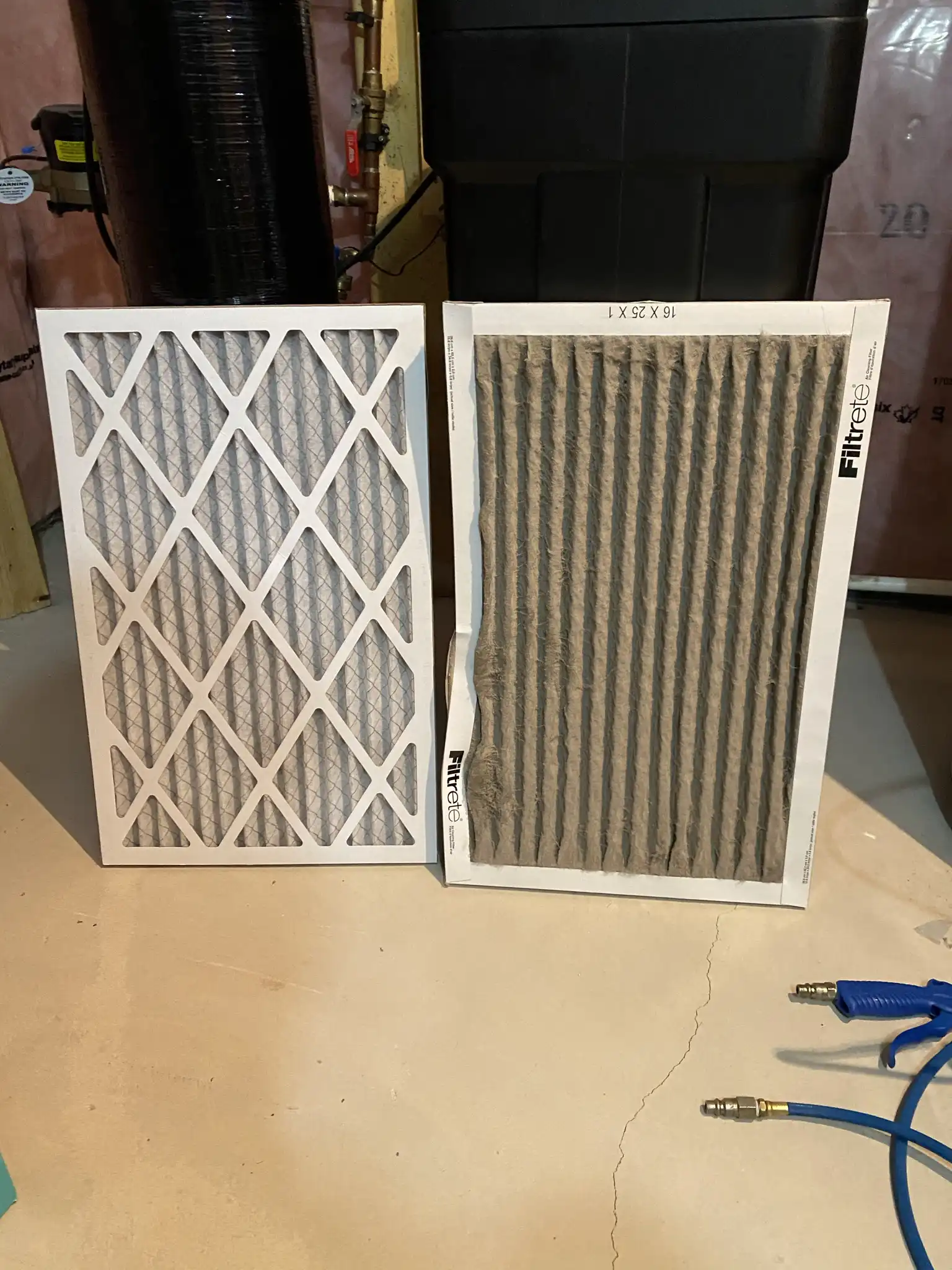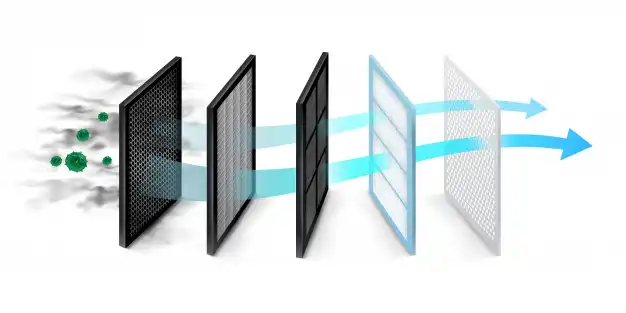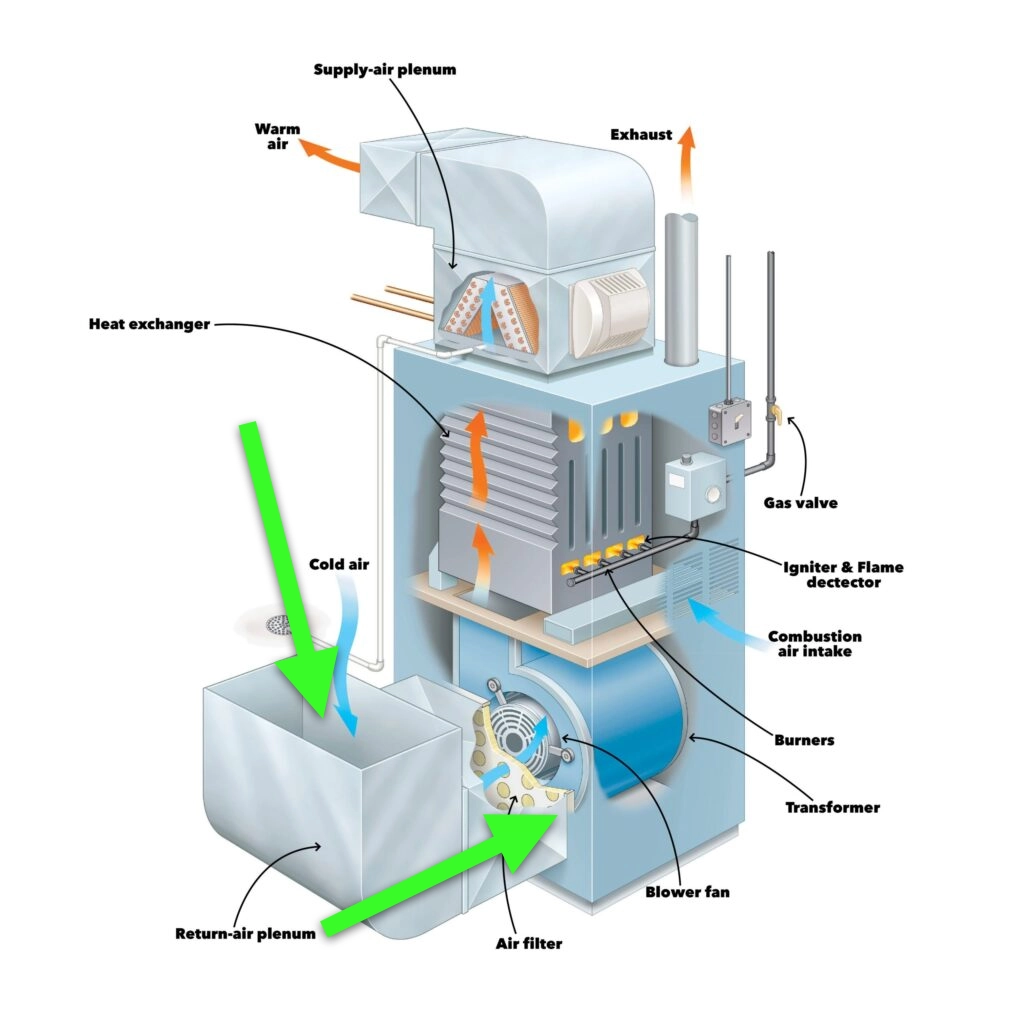Filter Change 101: A Step-by-Step Guide to Changing Your Furnace Filter
Are you wondering about How to Change Furnace Filters? Then you’ve come to the right article. Welcoming the freshness of spring goes hand-in-hand with prepping your home for the warmer months ahead, which makes this the optimal time to pay attention to your home cooling system. As you ready your home for breezy afternoons and mild evenings, remember that regular maintenance of your HVAC system is crucial, starting with the often overlooked furnace filter.
Today’s article: How to change Furnace Filter
This small but mighty component is pivotal in filtering out particulates, pollen, and potential allergens, ensuring that the air circulating through your home is clean and that your system runs efficiently. With the change of seasons being the perfect reminder, understanding the importance of a furnace filter, and keeping it fresh, is essential for a comfortable and healthy living environment as we step into the vibrancy of spring.

Time to Change the Furnace Filter
Whether you are a DIY homeowner taking charge of your furnace maintenance or a beginner trying to understand the basics of home appliances, this article will serve as your comprehensive step-by-step guide on changing furnace filters. Our purpose here is to navigate you through the simple process of replacing a furnace filter, ensuring improved air quality and increased efficiency of your heating system.
A furnace filter is situated inside the HVAC unit where it traps and holds a variety of airborne particulates and dust that would otherwise circulate through your home or clog up the system. A clogged filter can lead to a slew of problems including reduced airflow, higher energy bills, and even damage to your furnace. Regular replacement of the furnace filter becomes critical to avoid these issues.

Changing the 16x25x1 Furnace Filter
The frequency of filter changes largely depends on the situation and environment. Generally, furnace filters should be replaced every 90 days for average homes. However, if you have pets, multiple occupants, or someone in the household with allergies, the filters will likely need to be changed more often. Standard filters in special sizes, like the 16x25x1, should also be changed every 60 to 90 days as they too can clog up due to dust and particulates, which impacts the efficiency of your heating system.
Now, on to the main event – changing the furnace filter. Start by turning off your furnace to ensure safety. Then, locate the furnace filter compartment. It may be behind the return air grille or in a slot on the furnace. Before removing the old filter, note its size which is generally indicated on the side of the filter itself. In the case of the commonly used size 16x25x1, the numbers represent the dimensions in terms of length x width x thickness.
Furnace Filter Air Flow Direction
Hold the edges of the old filter and slide it out carefully. Discard it and take the new filter out of its packaging. Orient the filter correctly; the arrow indicates the direction of airflow and should point towards the furnace. Slide the new filter into the slot and replace the cover. Finally, turn the HVAC system back on.


Changing your furnace filter might seem challenging, but in actuality, it is a simple task that requires basic know-how and about 15 minutes of your time. Regular filter changes are instrumental in ensuring a higher quality of indoor air and enhanced life cycles of your furnace, making it a routine task worth mastering.
Having trouble finding your furnace filter? Be sure to check out Trane’s article on where to find the air filter in your HVAC system.
Conclusion
In conclusion, whether you prefer to take charge of your home maintenance tasks or just want to reduce unnecessary service calls to your HVAC technician, changing furnace filters is a practical skill to possess. By now, you should have a fairly good idea about the ‘when’ and ‘how’ of furnace filter changes, and even be able to handle a special-sized filter such as a 16x25x1 one.
We hope our article on how to change furnace filters what helpful. If you’re looking for more information on furnace filters, be sure to check out our article on the power of clean air.
